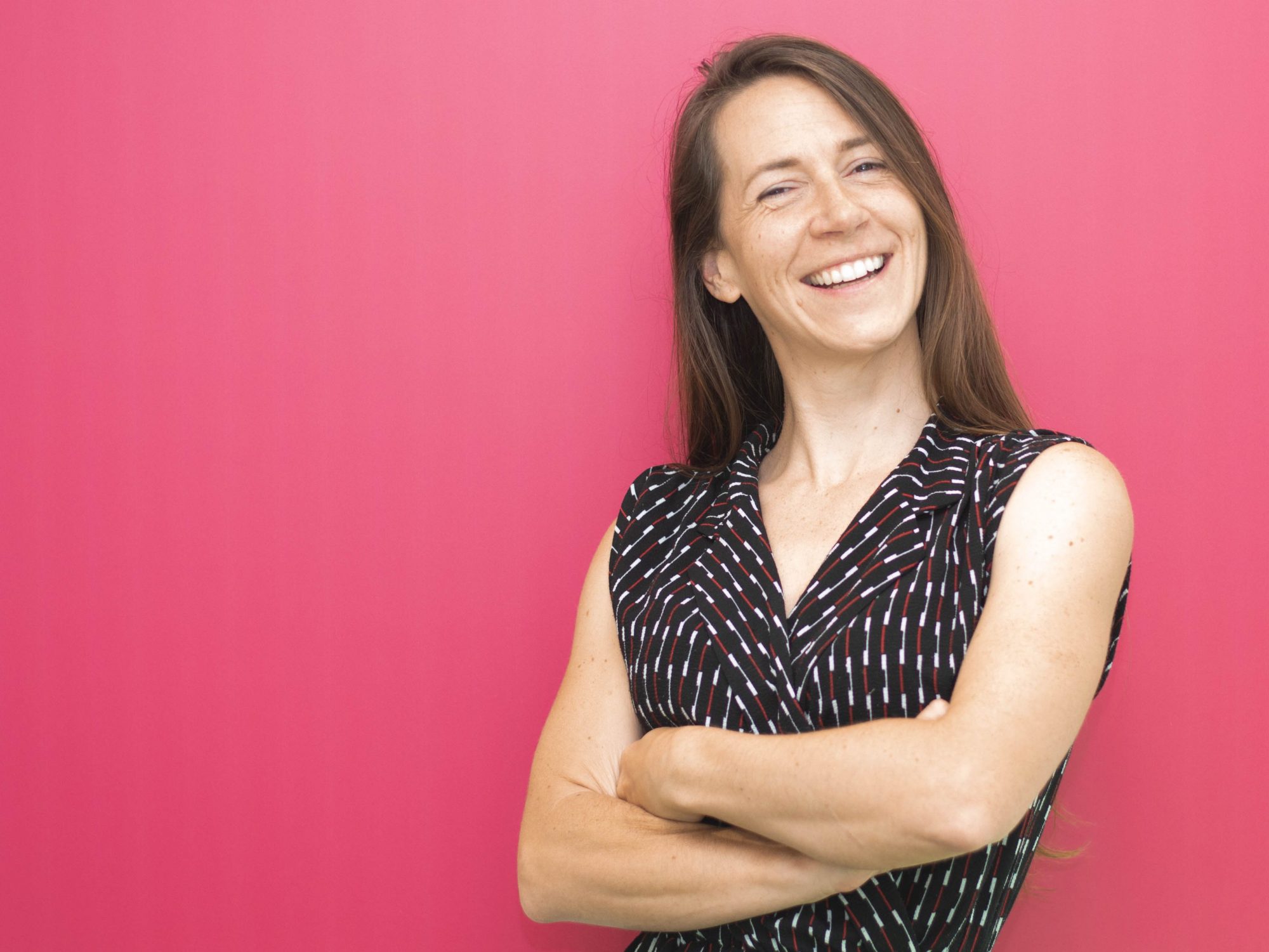15 - 07 - 2022
Interview with BPTW Consultant Katie Parsons written and first published by Brain Printer on the 10 February 2022.
Relief! Three years of arduous work are complete, the degree shows are over, and graduation is on the horizon…. what’s next? The UK’s future architects are preparing for employment. BPTW Consultant and University of Greenwich (UoG) Tutor, Katie Parsons, talks to UoG Student Zine, Brain Printer, about the architectural employment process and shares insider advice and tips for getting that first job.
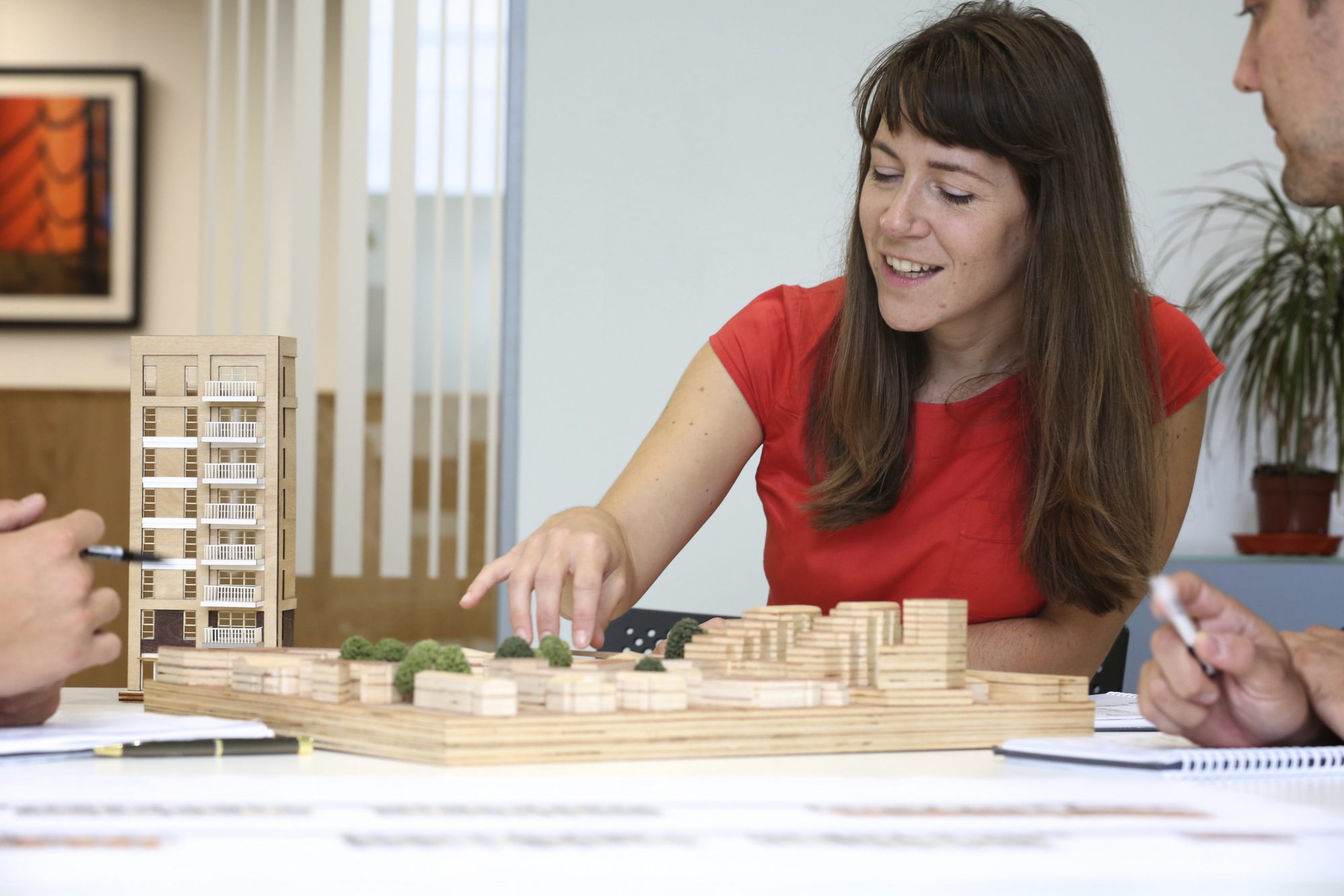
CV
What advice would you give us for our CVs?
The most important thing is your cover email or letter. Don’t send the same email to one hundred practices. Personalise it and you will immediately become interesting and stand out from other applicants. Make sure your CV is clear and concise, and that the graphic style is consistent throughout. Also, the overall document should be less than 10MB for email submission –struggling to open a document is frustrating!
What would you say is the general page limit for a CV?
The text-only part of the CV should be no longer than two A4 sides with reasonable text no small than 10pt. The image part could be between four and six A4 pages. I would prefer to have six big images on each page rather than ten different images crammed onto a page.
How important is work experience?
Experience shows that you have involved yourself in something other than architectural education. At undergraduate level, it demonstrates your commitment and flexibility around your university work. When looking for work experience, make sure that you are valued. Whether that is through payment, training, or another agreed value.
What skills are you looking for in applications?
Time management and honesty are underrated. We do not expect you to know everything, and training is typically involved with the job. Although most practices use Revit, if you can use other 3D and 2D programmes alongside the Adobe suite that is fine. The requirement for physical skills depends on the architecture practice. At BPTW, we love hand drawing, photography and model making. Hiring a photographer is expensive so we look internally for smaller photography projects, and we often use models to show clients the design or for public consultations.

Portfolios
Do you prefer physical or digital portfolios for interviews?
At an interview, it is good to have a physical portfolio because it is easy to look at and provides a topic for conversation. However, with a digital portfolio, you can zoom into the details so I would urge you to have both physical and digital portfolios.
What is the best size for a portfolio?
Avoid portfolios larger than A2 for an interview because overly large portfolios can become a hassle. Smaller portfolios such as A3 or A2 are good. A digital portfolio can come in handy if you have large drawings with a lot of detail and a screen to display them because you can focus on the detail.
What should we include in our portfolio?
It depends on the role you are applying for. Overall, I look for evidence that you understand your work. We also want to see your process. Applicants often forget to include a simple opportunities diagram or a basic site plan that explains the design process. Whether it is a sketch, a photo or inspiration, it helps me to see how your decisions led to the outcome.
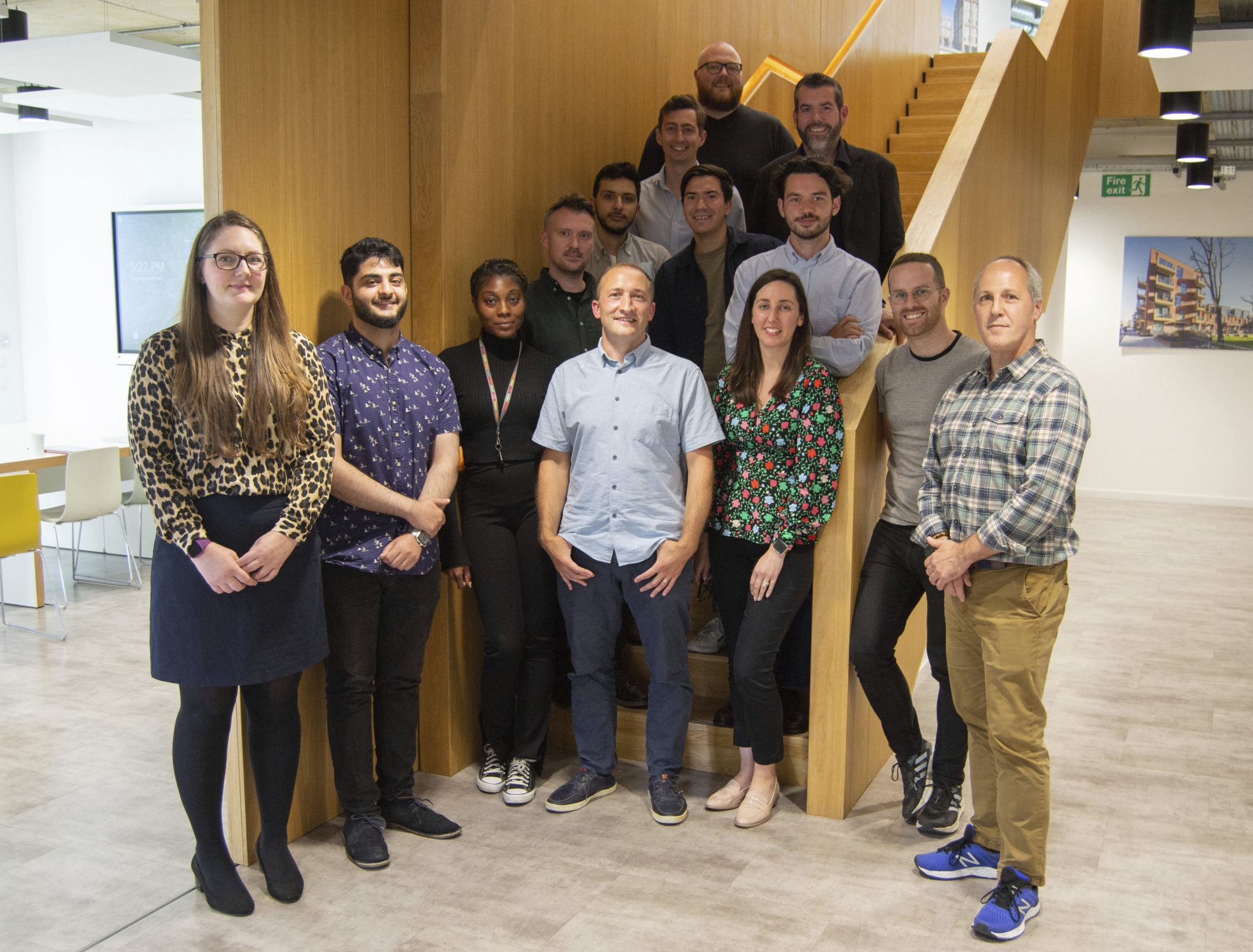
Application
When is the best time to start applying for jobs?
Usually, there is a turnover of students that works around the academic year. We begin looking at CVs as early as April, with a starting date for work in July or August. Some students do a year and a half, so there might also be positions available in December.
How do I find the practices that fit me?
You should think about the things that interest you. Architecture is broad, and your exposure might only be through education so look around and research roles that enable you to try different things. It is unfair to assume that the job you accept now is your dream job or what you will be doing for the rest of your career. Architecture is a for a lifetime, not just a qualification.
What is the red flag to look out for when choosing a practice?
Your student peers are your best friends in this situation. For instance, people returning from placement or those still in their placement. They will tell you honestly about the practice and their experience working there. The other place to look is in the advert because a practice will advertise for specific skills. Your interview can also tell you a lot about what the practice wants.
How can we find job offers?
Most practices use social media now to advertise job vacancies. We found it to be the best method and we received helpful feedback from applications coming to us through this channel. You can also use an agency, but we only employ agencies when we are looking for someone with specific experience. I recommend that you follow the practices you like on social media so you can keep track of what they are doing and when they have vacancies. Of course, you can look at architectural magazines like Dezeen because they usually have job adverts. This doesn’t stop you from reaching out to a practice you like directly to ask for a job.
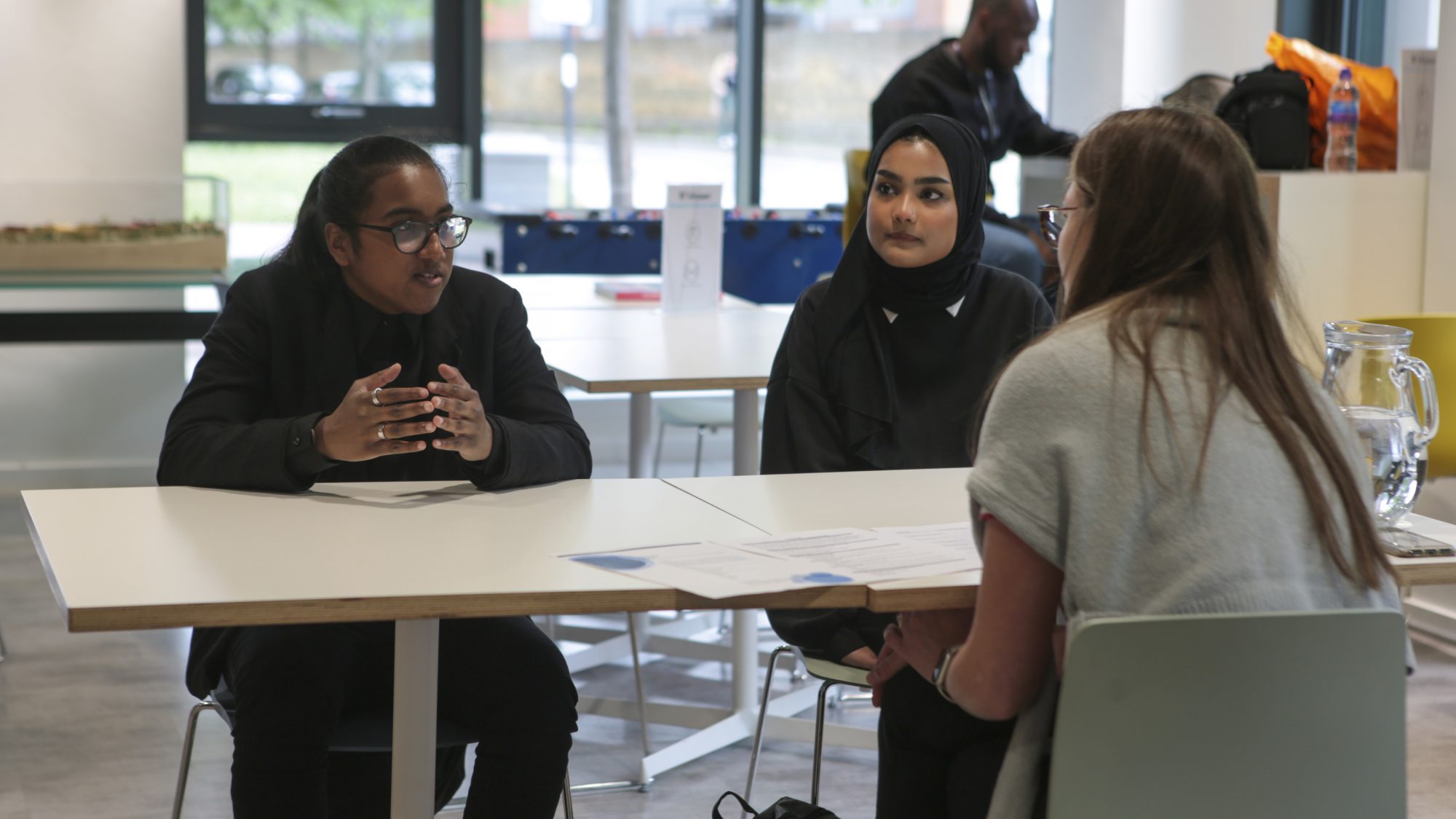
Interviews
What are the most common questions asked in an interview?
We try to make people comfortable so we can find out more about you. Typically, we ask you to talk about your work and tell us what you did and why? We are really trying to find out how you work and where your passion lies. I like to ask questions about elements and details of your designs, so you need to know your projects. Sometimes we will also ask who or what inspired the project or you.
Do people still get jobs or interviews from the end-of-year show?
We still do. Although, it feels that the end-of-year show is more of a point of contact where we meet up-and-coming future architects. However, there have been several times when I placed my business card on a student’s work. The end-of-year show is more for you all because it marks a milestone in your work, so make the most of it.
Does it matter if I am nervous in an interview?
We try and ensure that interviews are unaffected by nerves. If we see that someone is nervous, we often ask if they would like a cup of tea or a five-minute break because we really don’t want nerves to be the make or break of an interview. There have been instances where we began by looking through a candidate’s portfolio and that helped to open up the conversation. I would say that most of the time applicants are nervous at the start of an interview, but this reduces as the interview progresses. Most practices are quite understanding of this.
What could we do now to make ourselves more employable?
For third-year students, make sure that you know the basics. Such as, how you make a design work even if you don’t have the in-depth knowledge, and make sure your thought process comes across. If there is a program that you have been dabbling with, go that next step and push your skill set. The key thing now is the environment. Get up to speed with sustainability requirements. You don’t need to know the regulations inside out but do think about their implications, such as Part L. Finally, start getting your CV ready.
If you could give us one piece of advice, what would it be?
Be yourself and go with what you believe in!
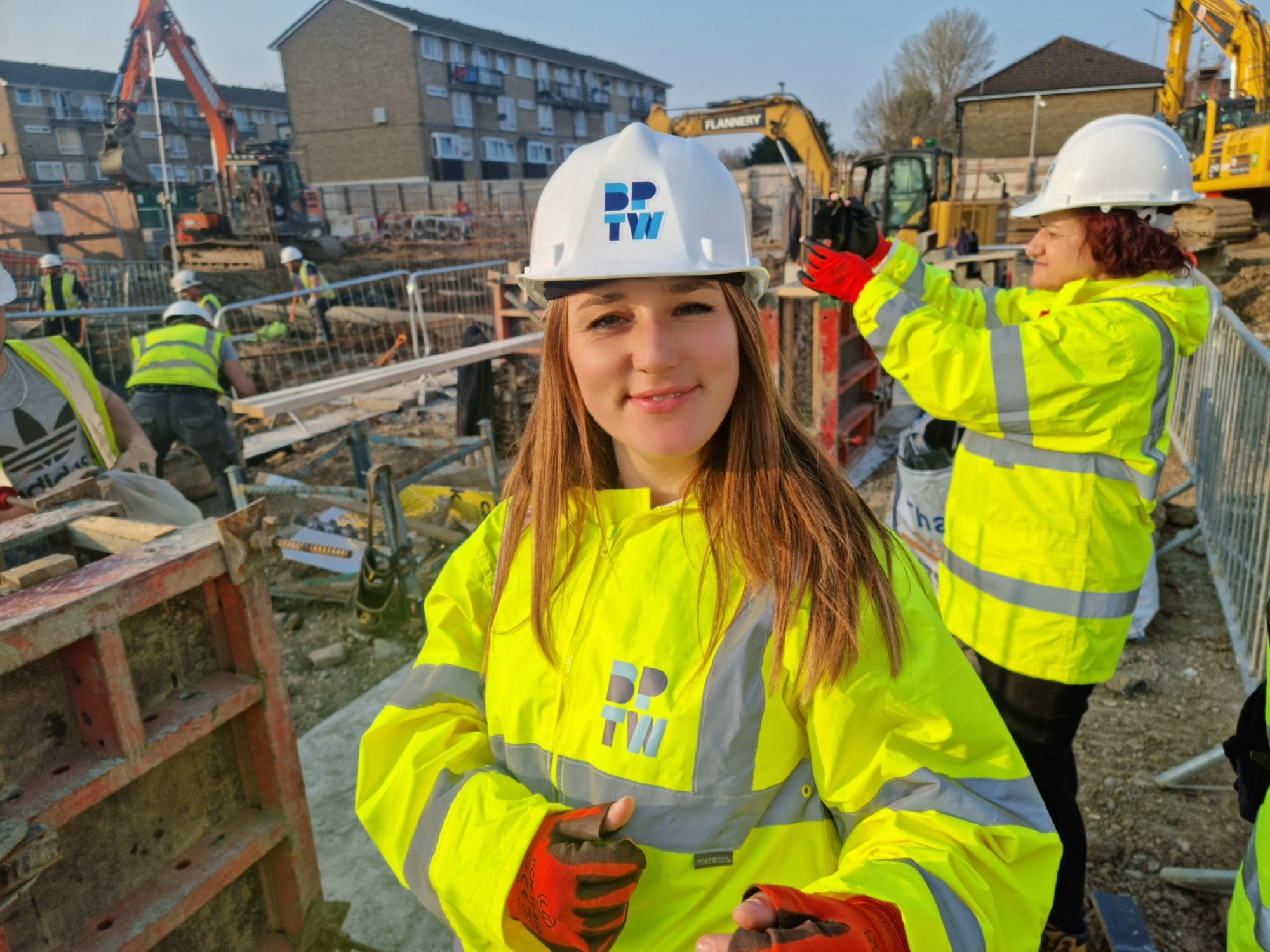
Throughout her architectural career, BPTW Consultant Katie Parsons has worked with many institutions and organisations to help students prepare for life in professional practice. During her time with BPTW, Katie has been a tutor at the University of Greenwich, undertaken portfolio reviews for New London Architecture, provided insights into the construction industry to school-level age female students through WISH (Women in Social Housing) and participated in Collaborative Practice at the University of Sheffield. She has written BPTW insights on architectural education, including how to bridge the gap between architectural education and practice.
BPTW is passionate about supporting the next generation of architects. Find out more about life at BPTW and our exciting career opportunities here and our actions to advocate for quality architectural education here.
Brain Printer is the University of Greenwich’s architecture student zine – written by the students for the students. You can read the full zine here. BPTW’s publication has made minor edits to the original text.

